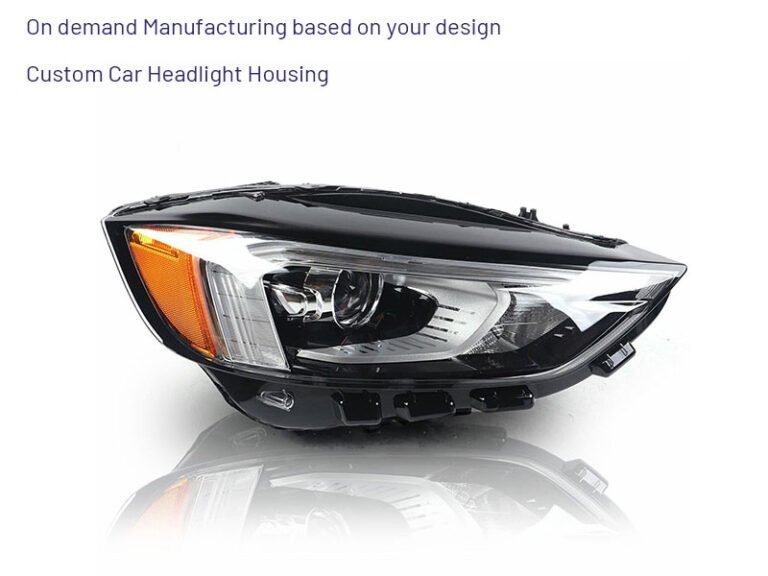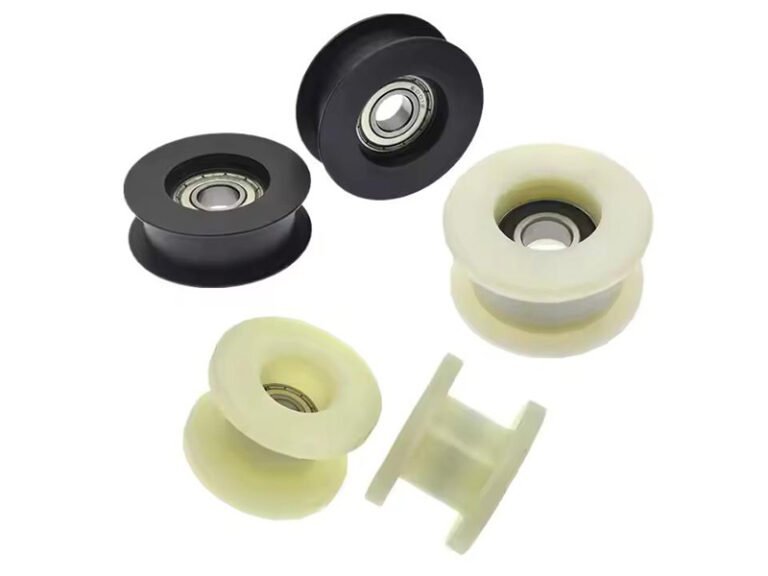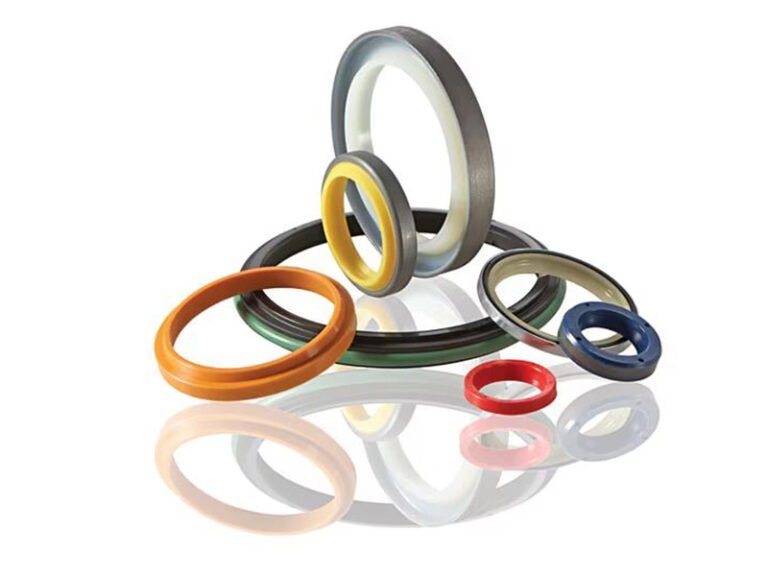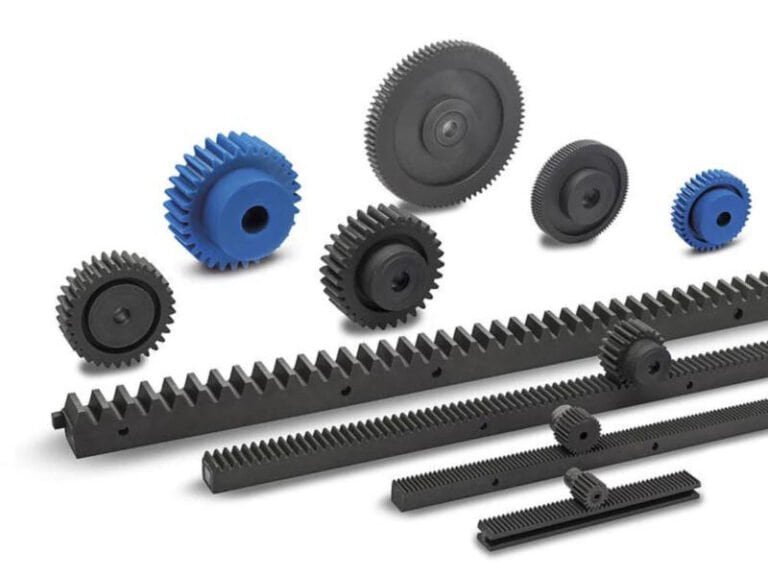Car headlight housing plays a vital role in automotive design, serving both functional and aesthetic purposes. In this post, we will explore the car headlight housing functions, common materials, and structure, and how to order high-quality custom car headlight housing. the details of the automotive headlight PC housing.
What is Car Headlight Housing?
Car headlights can be divided into long-range lights, short-range lights, and turn signals. Long-range lights can be used when driving on straight roads and can see distant objects. Short-range lights can be used when driving on curves, and have strong light emission. It can prevent close-range rear-end collisions. Turn signals, which flash in seconds, have strong light penetration.
The headlight housing not only needs to protect the headlight components, such as bulbs and reflectors, from environmental factors like dust, moisture, and impact but also optimal light distribution, enhancing visibility for drivers while minimizing glare for oncoming traffic. Furthermore, the design of headlight housing must comply with legal regulations regarding light output and beam patterns, which are crucial for road safety.
Polycarbonate PC plastic is the most common material of the car headlight housing. It is a polymer and high-density plastic. It has good firmness and high transparency. The shell is shaped as a square, side, or two-sided. The square is a parallelogram, (including the long and short distance lights) with arcs on the corners. The side can be a triangle with an upward angle (including the turn signal). The two front directions of the car are symmetrical. The size is 25-30cm long. 0.5-12cm wide (narrow on both sides, wide in the middle), and 10-15cm high. The inner wall of the lamp shell is concave inward, with a smooth and uneven surface, which can refract and emit light.
Why Choose Polycarbonate Plastic as Car Headlight Housing Material?
The headlight shell is mostly polycarbonate. It is a polymer and high-density plastic. It has good firmness and high transparency. In addition, polycarbonate has the following advantages as the housing of automobile headlights
- PC plastic has the hardness and luster of metal. (Lighter than metal) and anti-strike.
- PC plastic products do not deteriorate. The plastic on the market will turn yellow over time, reducing the transparency, while our products will not change in quality and remain youthful forever.
- PC plastic can resist corrosion and will not be corroded or deformed during outdoor rain and sun exposure.
- 4. PC plastics are reasonably priced, and the products are cheap and good quality, so customers can buy them with confidence.
- The PC plastic are liquefied at high temperatures, which makes them easy to shape and have high smoothness.
Key Functions of Custom Headlight Housing
The headlight housing is important to the performance and durability of automotive lighting systems. The importance is from structural support to environmental protection.
Carrier of Components: The headlight housing acts as a carrier for all essential components of the headlight assembly, including the bulb, reflector, and wiring. This structural integrity is crucial for maintaining the alignment and functionality of the headlight system.
Mounting to Vehicle Body: The housing is designed to securely fix the headlamp to the vehicle’s body. This ensures that the headlamps remain stable during operation, which is vital for proper light projection and safety.
Protection Against Environmental Factors: The housing provides protection against various external influences such as humidity, heat, dust, and debris. This shielding is essential for the longevity and reliability of the headlamp components, as it prevents moisture ingress and physical damage that could impair functionality.
Light Distribution: While primarily structural, the design of the housing also influences light distribution. It helps in directing the light emitted from the bulb through the reflector and lens, ensuring optimal visibility on the road. The housing’s shape and material can affect how light is focused and scattered, contributing to the overall effectiveness of the headlamp.
Internal Structure of Automotive Headlight Housing
1. Layered Structure of the Headlight Shell
The headlight housing is constructed with a layered design that typically consists of three main components:
Outer Shell: This is the visible part of the headlight, providing protection and aesthetic appeal. Designed with a streamlined shape, this outer layer enhances aerodynamics and contributes to the vehicle’s overall aesthetics.
Inner Shell: This component houses the internal mechanisms and includes pathways for various wire circuits, facilitating organized electrical connections.
Middle Interlayer Reflector: Positioned between the outer and inner shells, this reflector optimizes light distribution and enhances visibility. The reflector is concave inward and features a textured surface with both concave and convex elements, which aids in directing light effectively.
2. Shape of the Car Headlight Shell
The shape of the headlight housing is crucial for its functionality:
Square Design: This parallelogram shape offers a larger surface area, accommodating both long and short-distance lights effectively.
Triangular Design: The side triangular sections are specifically designed to house turn signals, ensuring they are prominently visible.
3. Size Structure of the Lamp Opening
The dimensions of the lamp opening are carefully calculated for optimal functionality:
Square Headlight Opening: This larger opening is divided into two sections for long and short-distance lighting, enhancing versatility.
Dimensions: The radius of the lamp opening is approximately 4.5 cm, with a height of 5.5 cm. This size is designed for easy installation and is compatible with various vehicle models.
Other Materials for Custom Car Headlight Housing
In addition to polycarbonate (PC), several other materials are commonly used to manufacture car headlight housings.
1. Modified Polypropylene (PP)
Modified polypropylene is frequently used for headlight housings due to its good mechanical strength and heat resistance. It is often enhanced with additives to improve its properties, making it suitable for various automotive lighting applications, including front light bodies and tail light covers.
2. Polymethyl Methacrylate (PMMA)
Also known as acrylic, PMMA is valued for its high transparency and durability. It is commonly used for headlight lenses, providing excellent light transmission while being lightweight and resistant to impact.
3. Acrylonitrile Butadiene Styrene (ABS)
ABS is often used in combination with PC to create a PC/ABS alloy, which balances impact resistance and thermal stability. This material is typically found in tail light housings and trim panels.
4. Polybutylene Terephthalate (PBT)
PBT is selected for its high thermal and mechanical stability, making it suitable for components that require durability under heat stress, such as certain parts of headlight assemblies.
5. Bulk Molding Compound (BMC)
BMC is a thermosetting material used primarily for headlight reflectors due to its excellent dimensional stability and electrical insulation properties. It can withstand high temperatures and is molded under pressure to create strong parts.
6. Nylon (Polyamide)
Nylon is chosen for its exceptional heat resistance and mechanical strength, making it suitable for structural components and connectors within headlight assemblies.
7. Polyetherimide (PEI)
PEI is utilized in applications requiring high thermal stability and mechanical performance, often found in connectors and parts that must endure extreme conditions.
Does AUTO Use Acrylic or Polycarbonate Material for Custom Headlight?
The choice of material for automotive headlamp covers primarily depends on performance requirements and application scenarios. Acrylic (PMMA) offers a high light transmittance of up to 92%, providing excellent optical clarity. It also exhibits outstanding weather resistance, remaining resistant to yellowing even under prolonged UV exposure. With a high surface hardness that resists scratching and a relatively lower cost, acrylic is often used in applications where transparency and aesthetic appeal are prioritized, such as taillight covers. However, its low impact resistance and brittleness make it unsuitable for applications requiring high mechanical strength.
In contrast, polycarbonate (PC) has slightly lower light transmittance (approximately 88%) but significantly higher impact resistance—up to 30 times that of acrylic. This makes it highly effective in protecting against debris impacts during high-speed driving, and even if damaged, it does not shatter into sharp fragments, ensuring greater safety. Polycarbonate also exhibits excellent high and low-temperature performance, maintaining stability within a range of -40°C to 120°C, which makes it ideal for headlamp covers that require durability and impact resistance. However, its surface is more prone to scratches and may require UV coatings or stabilizers to enhance weather resistance. Additionally, polycarbonate tends to be more expensive than acrylic. Therefore, polycarbonate is recommended for headlamp covers, while acrylic is better suited for taillights or cost-sensitive applications.
Custom Car Headlight Housing Manufacture Process
1. Receive customized drawings or samples from customers
According to customer requirements, provide product dimensions, and we design the product appearance based on the dimensions;
2. Shell material selection
According to customer requirements, our experience, and the actual use of the product, we select suitable materials for requirements such as firmness, wear resistance, and full transparency.
3. Sample prototyping
Before mass production, use CAD (computer-aided design) software to create the design and prototype of the headlight housing.
4. Sample confirmation
Production samples are sent to customers to confirm whether they meet customer requirements.
5. Bulk production (injection molding)
In custom Injection Molding process, we put the plastic into the injection molding machine, add corrosion-resistant catalysts for full mixing, and then heat and inject it into the mold for bulk production.
Work with Flexiparts Plastic for Automobile Headlight Housing
The production process of automobile headlight housings is a meticulous journey that transforms customer specifications into high-quality, functional components. Choose Flexiparts Plastic as your cooperation custom manufacturer will get high-quality custom car headlight housing products. We promise to offer accurate planning that can be meticulous for every step. The professional R&D team and production line will guarantee high production efficiency, quality, and quantity. The injection molding process will make the custom product at a reasonable price with high quality. Welcome to contact with our team for your custom headlight housing.




